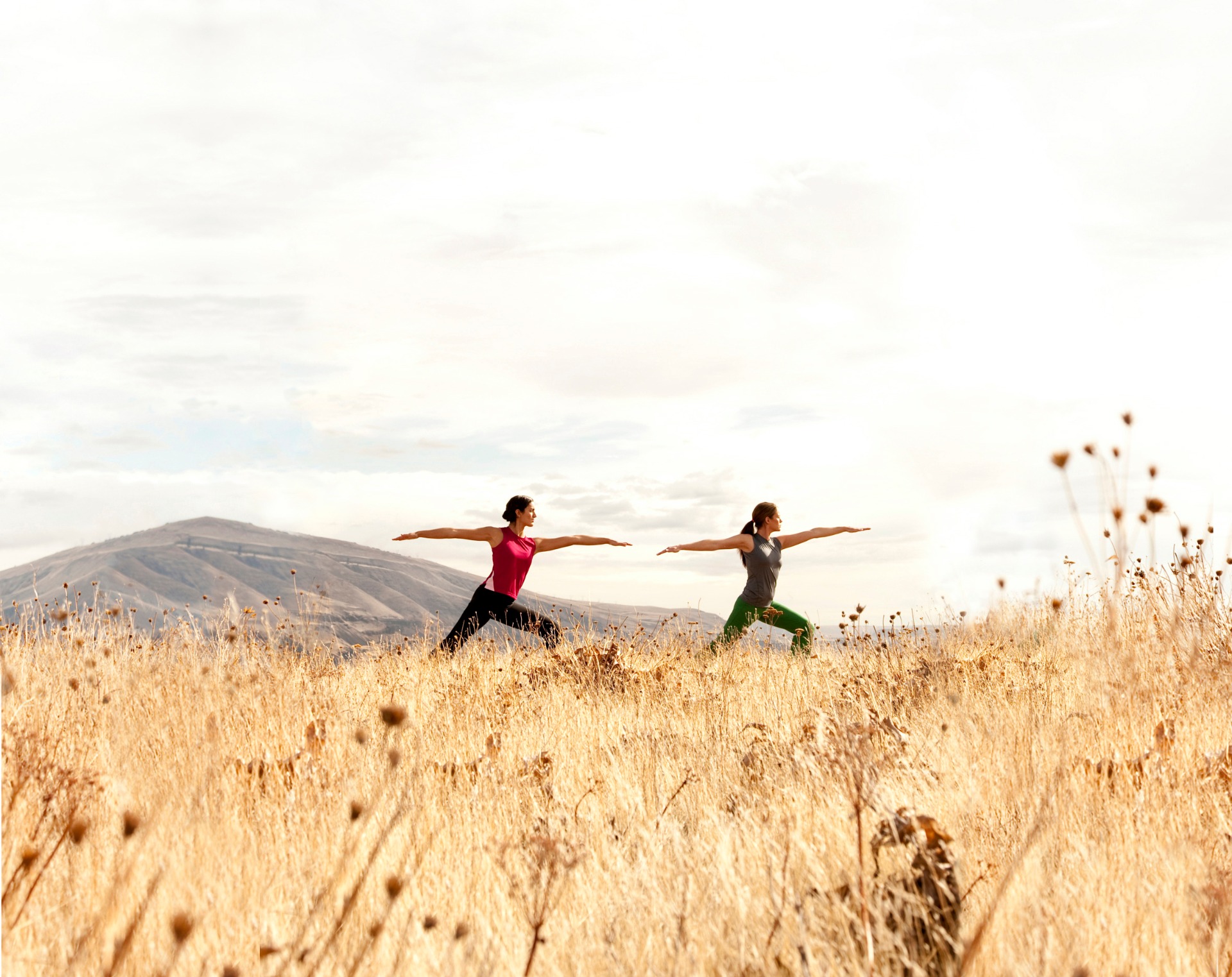Does Posture Matter? Less than you think!

A recent article on painscience.com has described in great detail how poor posture really isn't as bad as we think it is. It's also debunked a popular theory called "Upper Cross Syndrome", in which researchers described a crossed pattern of tight and weak muscles located diagonally through the front and back of our neck and chest. In turns out that this was really just a neat little label that seemed to explain forward head posture well; however stretching the muscles that were "tight" and strengthening the ones that were "weak" really doesn't help any more than just adding more general exercise.
Putting general labels on conditions and dysfunctions that effect a huge variety of people - all who have different body types and fitness levels - really doesn't ever seem to hold up so well to scrutiny. One position that works really well for a 20 year old athlete will never work well for an 80 year old with spinal stenosis and arthritis. What this means is that its OK that the 80 year old never sits or stands up all the way straight, because different postures are going to work better for him than for those who are younger and without any underlying conditions.
Further, posture is not just a position, but a dynamic pattern of reflexes, habits, and adaptive responses to anything that resists you being more or less upright and functional, such as: gravity, awkward working conditions, and athletic challenges. It stands to reason that any habitual positioning which causes unnecessary strain on the body is generally not great for us. Emotion plays a huge part too - if we are stressed out while we are in that hunched posture at work we are going to feel more pain than if we are hunched over hanging out watching our favorite TV show.
So what can we do about it? Some easy tips to focus on for postural health, instead of just trying to "sit up straight"
1. MOVING IS WAY MORE IMPORTANT THAN FINDING THAT PERFECT POSITION
Our bodies are made to move, not stay stationary. You should take a break from being in the same position every 15 min. Stand up, walk to the water fountain, use the restroom, or simply shift your weight so you are situated differently than you just were. "The next posture is the best posture"
2. TAKE YOUR SHOES OFF OR CHOOSE SENSIBLE FOOTWEAR
Standing desks are pretty cool as they let us follow rule #1 - switch between positions while working. But what sense does it make to stand up wearing insensible shoes that put strain on the feet and the spine? If you can be barefoot at work without getting looked at like you're crazy, go for it; your feet will thank you in the long run. If not, make sure your shoes fit well, are tied nice and snugly, and aren't too old or worn out. typically shoes last 1.5-2 years before the material starts to wear (less time if you walk or run in them)
3. THE BEST CHAIR IS TWO CHAIRS AND A WOBBLE CUSHION
This one is a bit on the unconventional side, but hear me out. Sitting in a super comfortable chair will encourage more sitting, which we don't want. But, being uncomfortable for too long will cause our work to suffer. Seeing as we want to change positions as much as possible, having one chair thats more comfortable paired with, say, a stool that isn't as comfortable gives us the best of both worlds. Alternating between being more upright on a stool and more laid back in a comfy chair is a great way to spend the day.
Add in the wobble cushion (which challenges you to sit more upright otherwise you'll fall over) gives you 4 different sitting positions to rotate throughout the day.